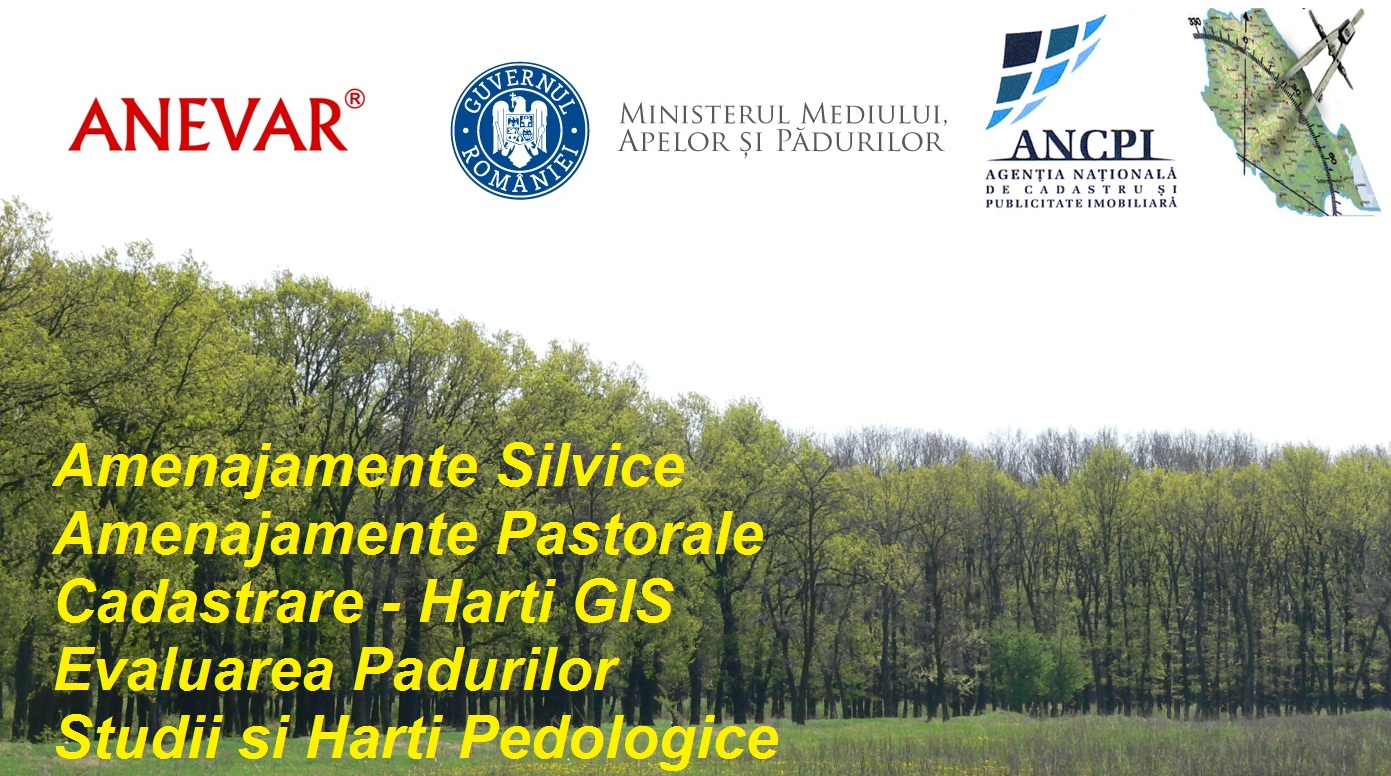JURIDICAL PROTECTION OF FEATURES
In the last 19 years, Romania has lost as much forest area as other countries have lost during the entire last century. Such a sudden and catastrophic loss has highlighted the imperative need to protect what is left of the forests through a combined effort, which takes into account the protection of biodiversity, the reconstruction of existing forests, the effective prevention of forest fires, and the regulation of logging.
Until recently, the obligation to comply with laws designed to protect Romanian forests was more avoided or ignored than implemented and respected. This was due on the one hand to the poor who in the winter months depend on illegally cut wood and on the other hand to those who, because of greed, simply chose to ignore the law and the serious effects of uncontrolled deforestation.
In March 2008, the Romanian Parliament adopted by Law 46/2008 a new Forestry Code (hereinafter referred to as the "Silvic Code"). Since the previous law was amended countless times, and the confusion created by these changes itself led to numerous acts of deforestation, Parliament had to rethink a new Forestry Code. This new Forestry Code embodies the Government's desire to prevent uncontrolled deforestation, to make the public aware of the danger of deforestation and to implement a better crafty and more comprehensible law.
Ownership of forests in Romania
The Forest Code stipulates that forests can be subject to both public and private property, but whatever the form of ownership, forests are of national interest, thus falling within the sphere of protection of the state and not of local authorities. The law allows forest owners, who are private persons, to use them, sell them or alienate them, but only in compliance with the provisions of the Forestry Code, which limits the exercise of ownership and expressly prohibits any construction on the forest background.
Forests that are publicly owned by the state are managed by the National Forest Administration – ROMSILVA (hereinafter ROMSILVA) which operates under the authority of the Ministry of Agriculture and Rural Development. Forests that are public property of administrative-territorial units are managed by private forestry schools.
The Forestry Code provides that forests subject to private property may not be divided into lots of less than 1 hectare. This limitation applies to both inter vivos and mortis causa alienations. If, however, by the succession procedure the property should be divided into lots of less than one hectare, then the inheritance will be constituted in favour of one or more successors up to the legal minimum limit ( 1 hectare) and, in return, the beneficiary or beneficiaries will have to pay the other heirs a spear. The amount paid in compensation may be derived either from the division of the entire inheritance or from the beneficiary's own funds.
As mentioned above, the provisions of the law require that forests be placed under special administration. This obligation incumba the holders of the right of property, both public and private, over forests. According to the Forestry Code, privately owned forest management is carried out through private forestry schools, which operate legally in the same way as associations and foundations. For this, owners – private persons can organize such forestry schools themselves or they can turn to such entities already created. Forestry schools can operate either independently or on a contract basis with other larger schools and benefit from more resources. By creating or adhering to such entities, owners – private persons fulfill their obligations under the Forestry Code regarding the provision of administration and specialized services related to forest maintenance.
As a consequence of the special importance that Romania attaches to the forest fund, the Forestry Code provides that any activity or all activities of a nature to harm the forest fund are considered crimes.
Operating rights
As far as logging is concerned, the owner must comply with the special provisions relating to the exploitation of wood and the kinegetic fund. Deforestation can only be carried out after obtaining a special authorization for this purpose. Wood can only be exploited by companies certified and authorized for carrying out the activities of cutting and transporting wood. Private owners can operate on their own the forests they own up to the maximum limit of 20 cubic meters per year. They can also freely exploit trees that have been accidentally removed from their roots or that have been illegally felled. The rest of the trees must be marked for cutting by the competent authorities to exploit them. The hunting of forest fund animals is also subject to limiting conditions.
• Exploitation of natural resources: coal, stone, mineral aggregates, ores and mineral waters
• Tourist objectives – tourist accommodation, cult units, social and medical objectives, hydrotechnical constructions, drinking water sources
• Housing or holiday homes – this situation is specific only for privately owned forests and only if the following conditions are respected: both the land and the construction must be the property of the same person and the maximum area (including construction, access routes and enclosure) does not exceed more than 5% of the total area of the private forest, but not more than 200 square meters
• Forest objectives installed before 1990 which are included in the forestry facilities in force on 1 January 1990, under the category "occupations and disputes".
• Lands given in compensation must be entered in forestry facilities and be provided with forestry administration or services within 30 days from the date of approval of the final removal from the forest fund. Moreover, the land given in compensation must be forested in a maximum of two seasons of vegetation
• In counties where forests stretch over less than 16% of their total area, compensation should be made with land from the same county. The purpose of such a condition is obvious: it is intended to protect the forest fund of each county and also the percentage of forested land within it.
• Fee for the permanent removal of land from the forest fund
• Market price consideration for land
• The value of the growth loss caused by the exploitation of wood before the age of technical exploitation, i.e. the difference in value between the amounts that would have been obtained if the wood had been exploited in maturity and what was obtained by exploitation at that time and at that stage of growth
• The value of the decommissioned objectives that could be on the land
• Costs of installing forest vegetation and maintaining it until maturity.
In addition to the procedure of removing from the forest fund an area of land by compensating it, interested persons also have the possibility of occupying a forest land for a predetermined period of time, land which is necessary for a certain purpose, but which does not exceed 10 years. For the occupied forest land, the occupant must pay a rent to the administrator or its owner. The rent is paid on January 31st for the year in which it is due and is calculated according to the legal provisions in force on January 1st. In addition, for land temporarily removed from the forest fund, according to the Forestry Code, the occupant must pay a number of monetary obligations. All these obligations must be paid in advance to surrender-receiving the land removed from the forest fund.
Conclusions


About the author